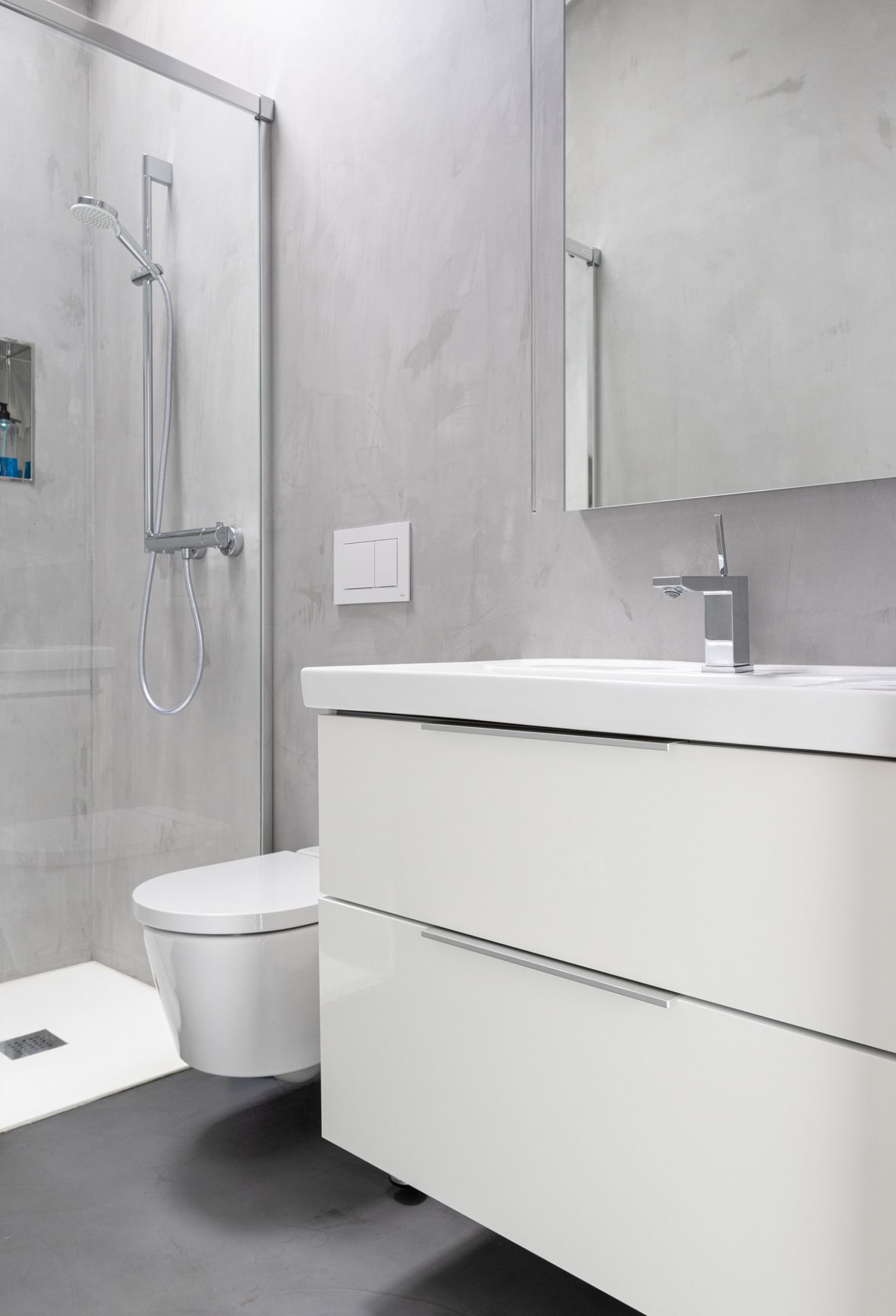Common Myths About Rendering and Microcement Debunked
Understanding the Basics: Rendering and Microcement
When it comes to enhancing the aesthetic appeal and functionality of walls and floors, rendering and microcement have become popular choices. However, despite their widespread usage, there are numerous misconceptions surrounding these materials. In this blog post, we aim to debunk some common myths about rendering and microcement, helping you make informed decisions for your next project.

Myth 1: Rendering is Only for Exterior Walls
A prevalent myth is that rendering is solely used for exterior walls. While rendering is indeed popular for external applications due to its protective and decorative qualities, it is also widely used indoors. Interior rendering can be applied to create smooth finishes and unique textures that enhance the aesthetic of interior spaces. From feature walls to fireplaces, the versatility of rendering makes it suitable for a variety of interior applications.
Moreover, interior rendering helps in improving the thermal insulation of a building, contributing to energy efficiency. This dual functionality makes it a valuable addition to both new constructions and renovation projects.
Myth 2: Microcement is Not Durable
Another common misconception is that microcement lacks durability. In reality, microcement is known for its robustness and longevity. It consists of a cement-based coating that provides a strong and resilient surface. When applied correctly, microcement can withstand heavy foot traffic, moisture, and other environmental factors, making it an excellent choice for both residential and commercial settings.

Its durability is further enhanced by the application of protective sealants that help maintain its appearance over time. Regular maintenance can ensure that microcement surfaces remain in pristine condition for years.
Myth 3: Both Materials are Difficult to Maintain
Some people believe that rendered walls and microcement floors are challenging to maintain. However, with proper care, both materials are relatively low-maintenance. For rendered surfaces, regular cleaning with mild soapy water is usually sufficient to keep them looking fresh.
Microcement surfaces can be easily cleaned with a damp cloth and neutral pH cleaners. Additionally, applying a wax or sealant as recommended by the manufacturer can further protect the surface and maintain its luster.

Myth 4: Limited Design Options
Contrary to the belief that rendering and microcement offer limited design options, both materials provide extensive possibilities for creative expression. Rendering can be customized with different textures and colors to achieve various architectural styles, from rustic to modern.
Microcement, on the other hand, offers a seamless finish with a wide range of colors and finishes, such as matte, satin, or gloss. It can mimic the look of materials like marble or stone, providing endless design opportunities for contemporary spaces.
Conclusion: Embrace the Potential of Rendering and Microcement
By debunking these myths, it's clear that rendering and microcement are versatile, durable, and aesthetically pleasing materials suitable for various applications. Whether you're considering a new project or renovating an existing space, understanding the true capabilities of these materials can help you make the best choice for your needs.
Remember, working with skilled professionals who understand the intricacies of rendering and microcement can further ensure successful results. Embrace the potential of these materials to transform your spaces into stunning works of art.
